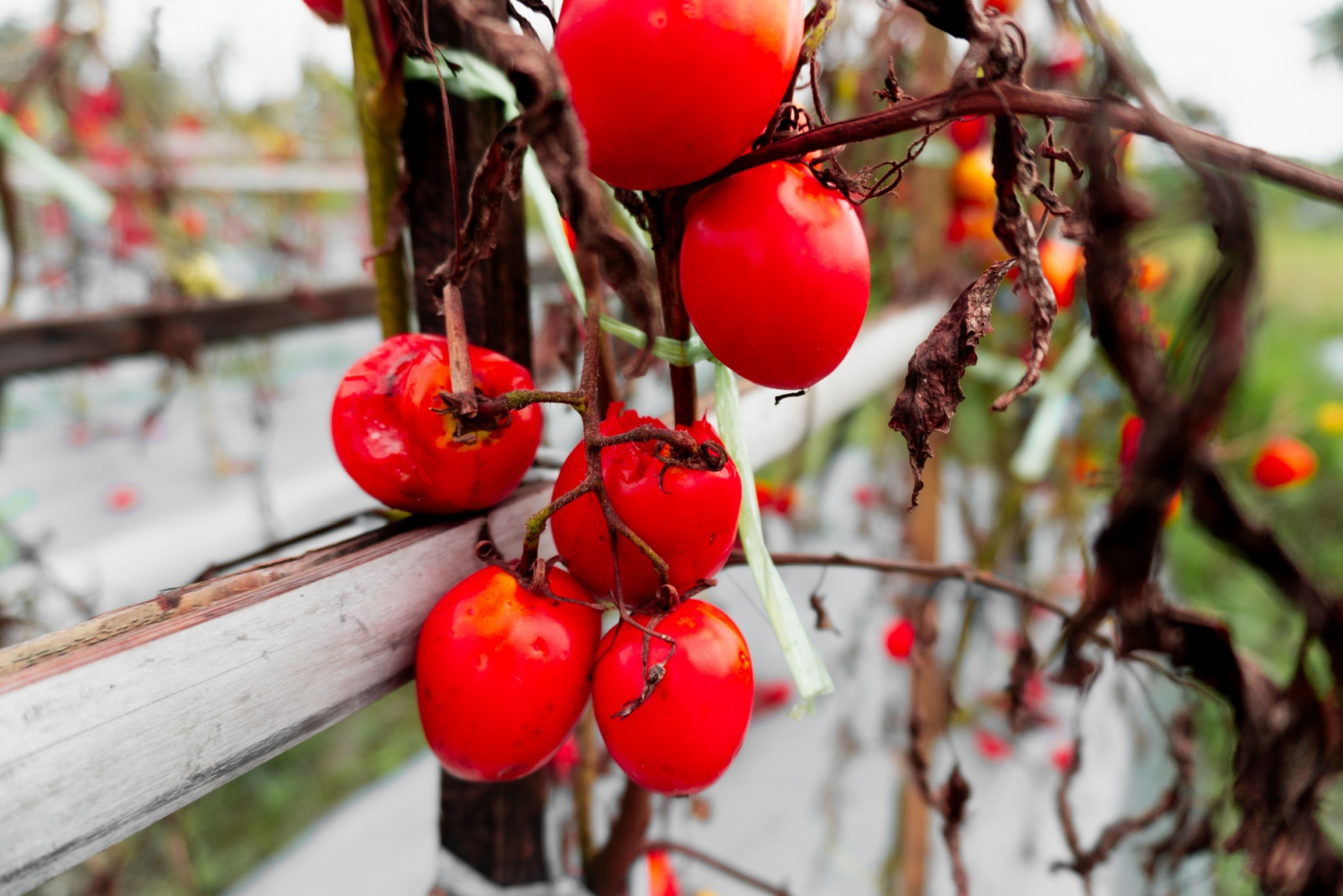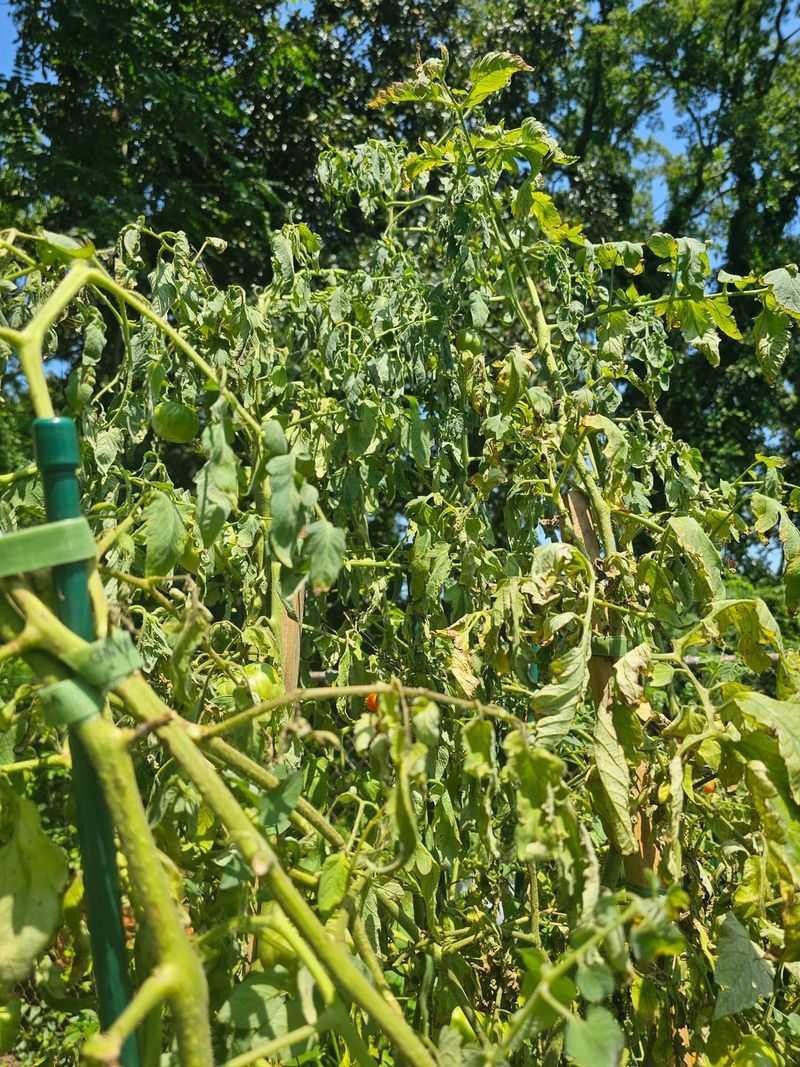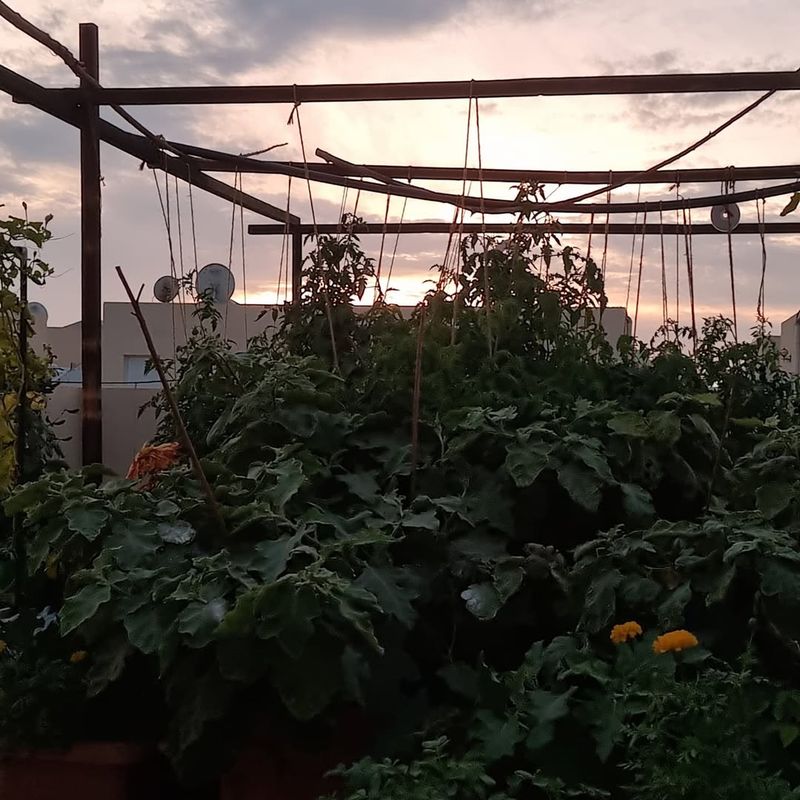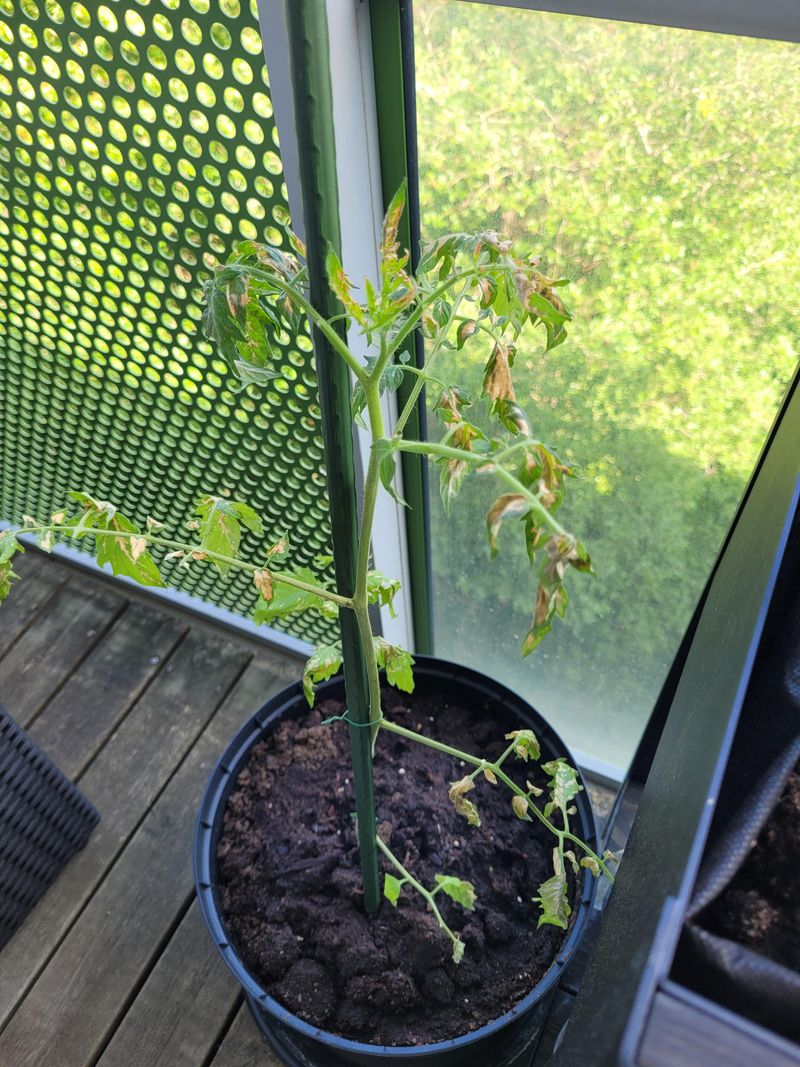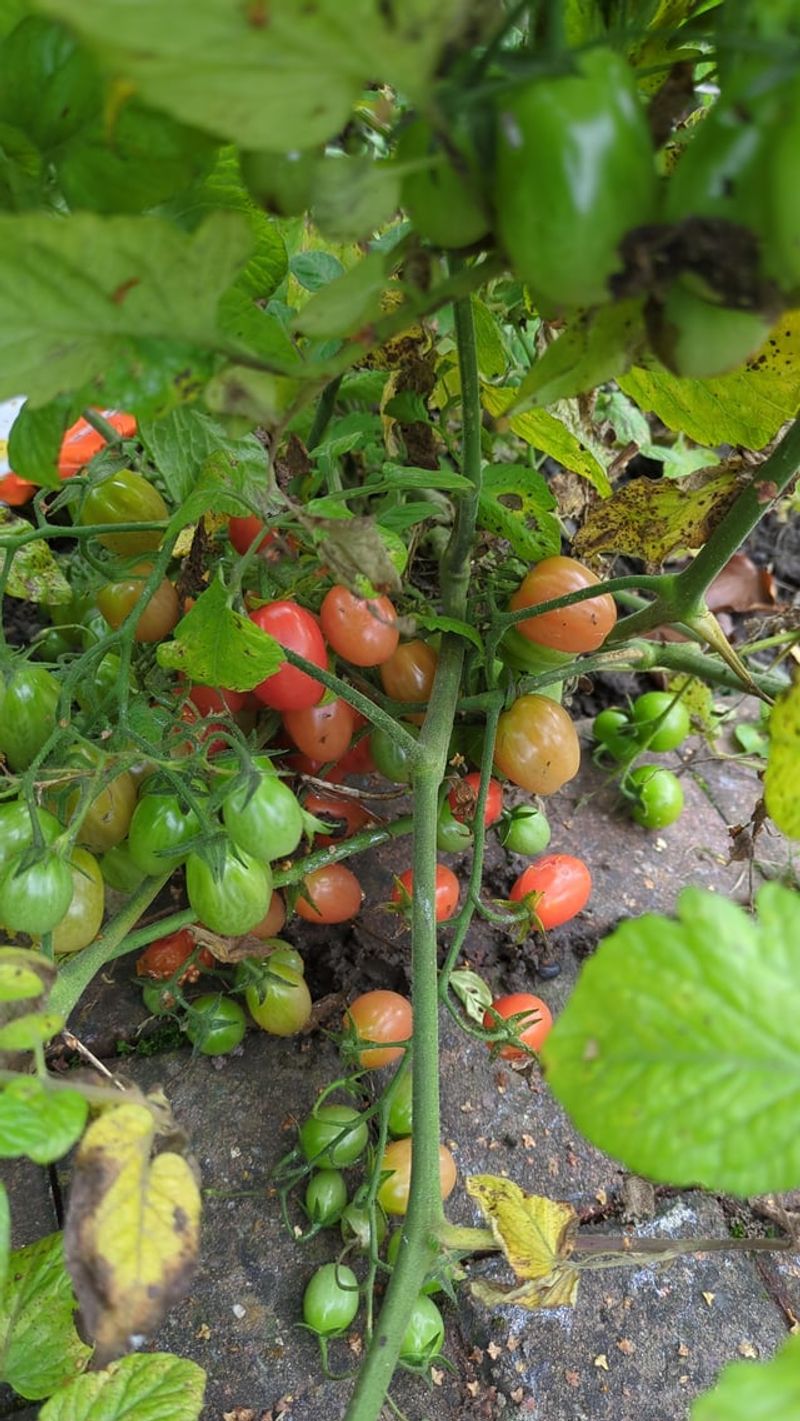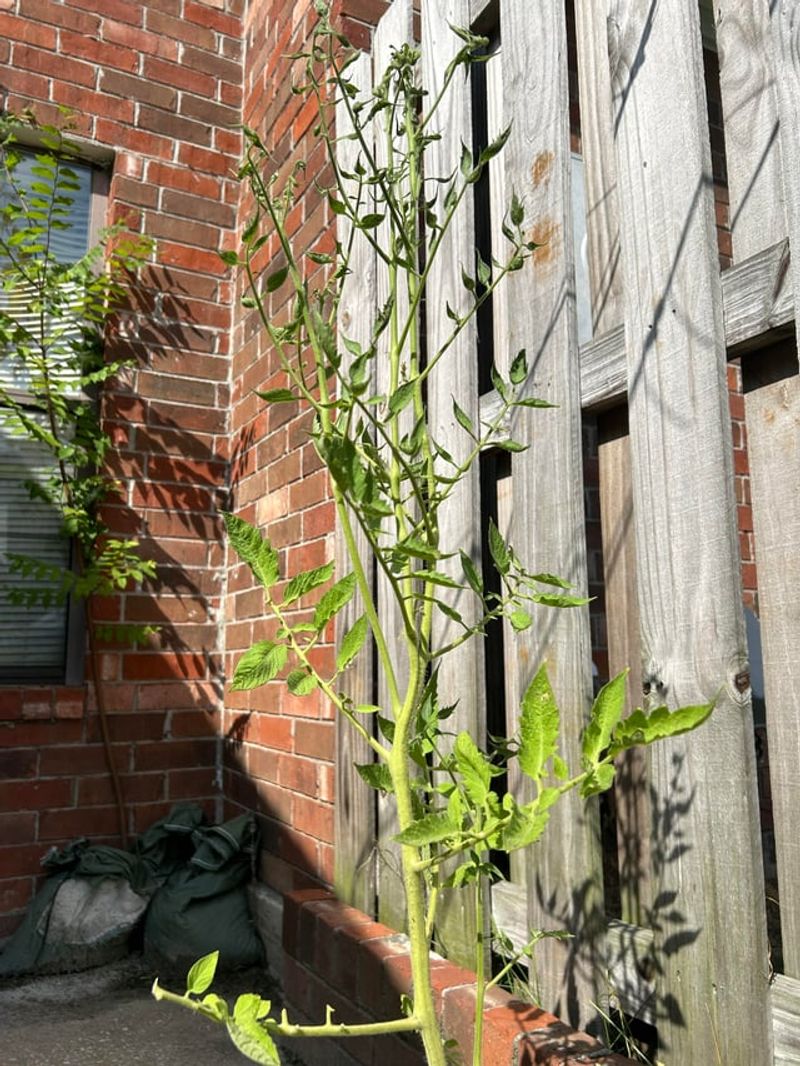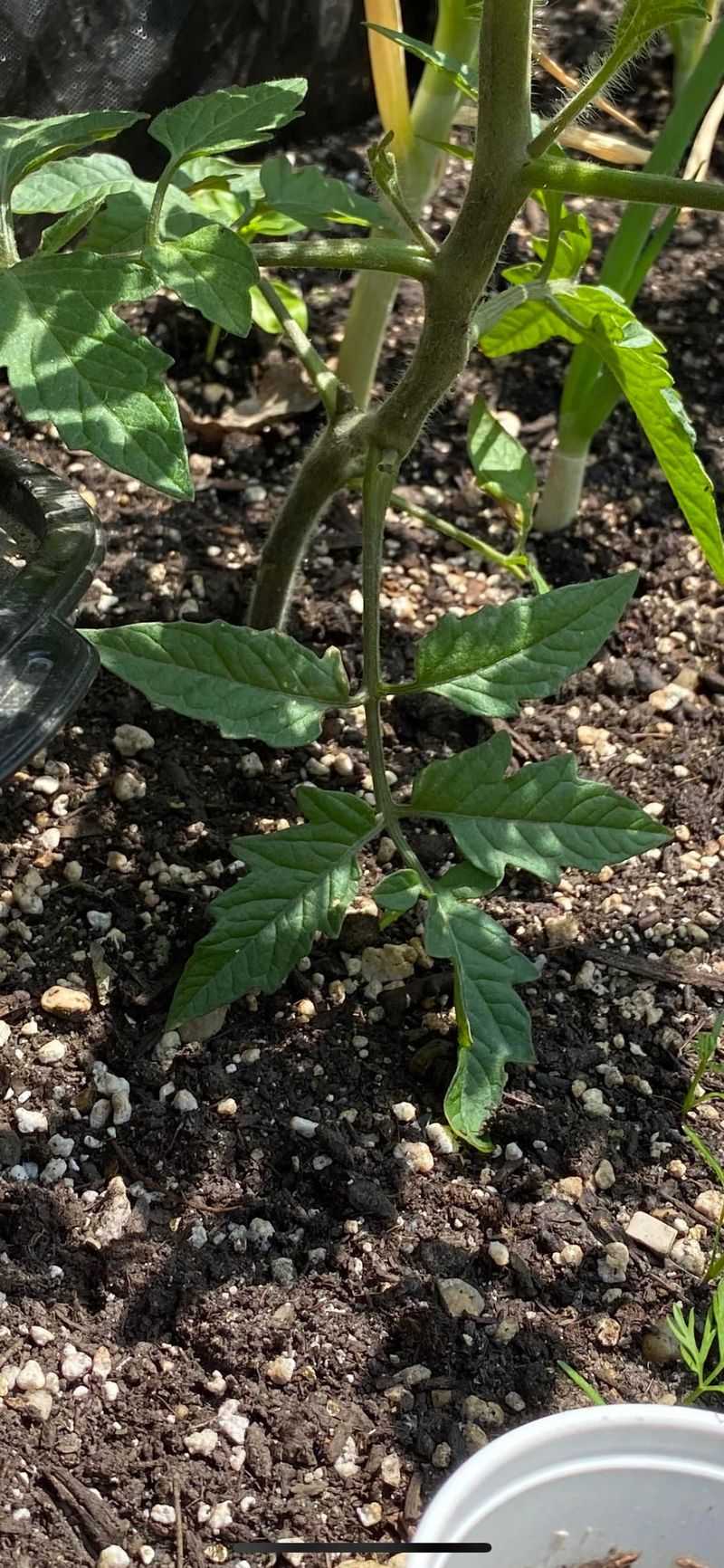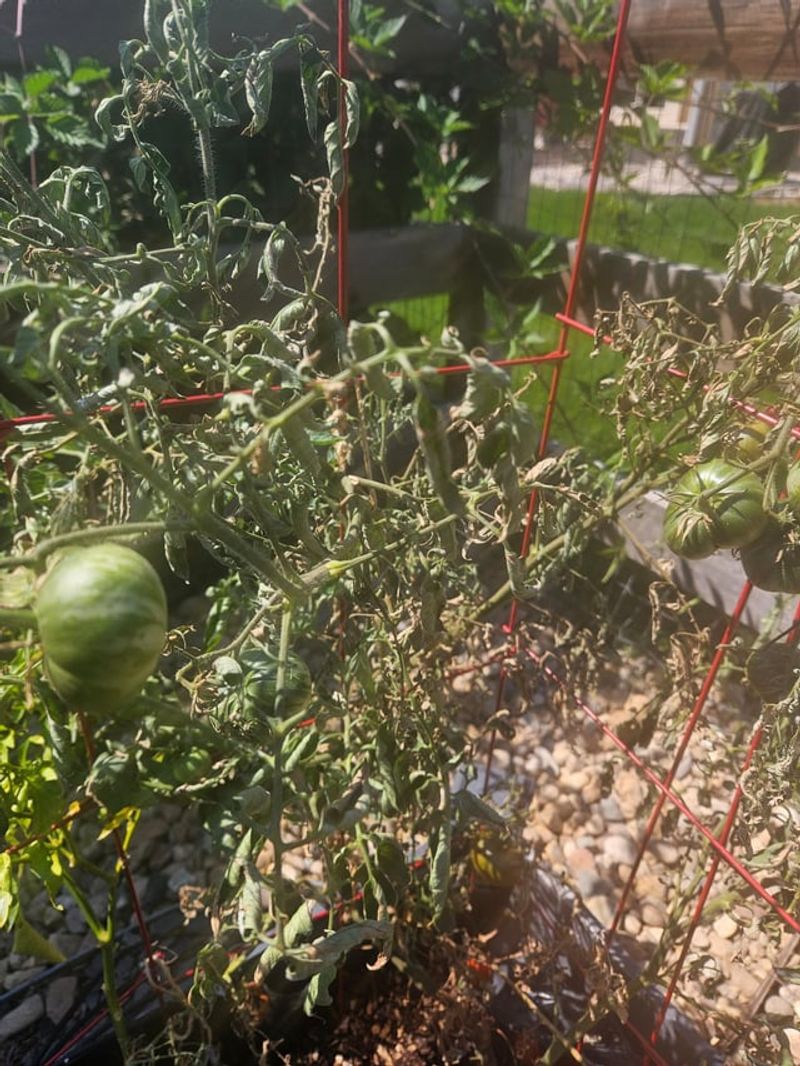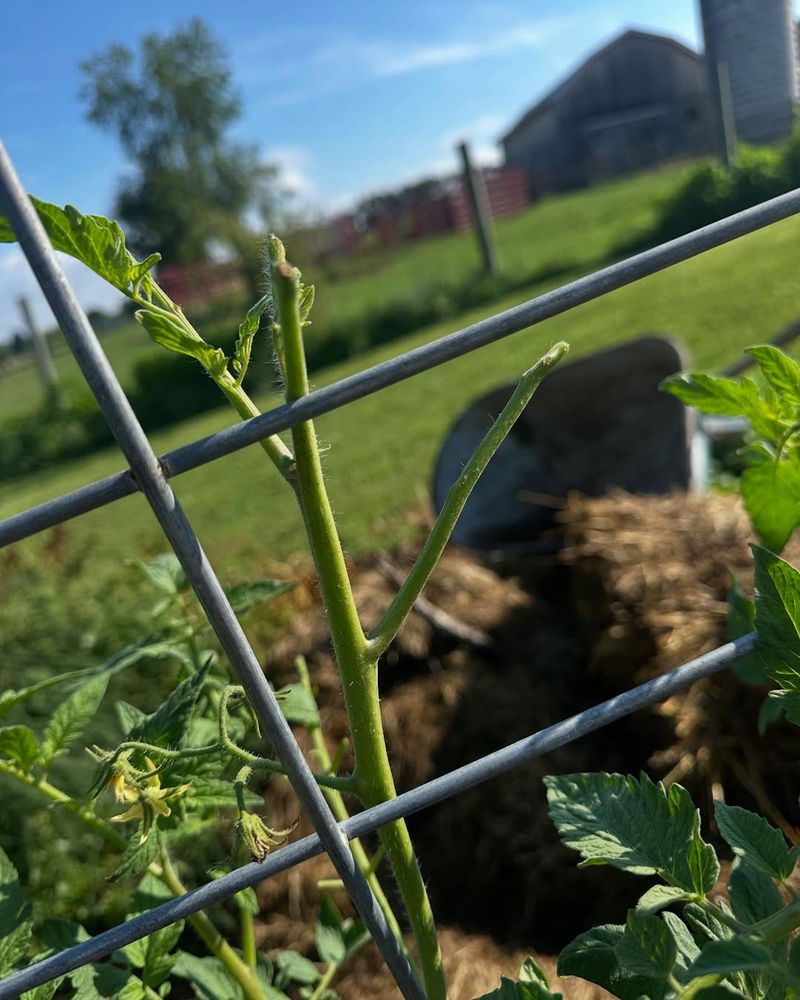Growing tomatoes in Indiana can be incredibly rewarding, but choosing the wrong spot can lead to disappointing results. Many gardeners make simple mistakes that hurt their harvest without even realizing it.
Understanding where not to plant your tomatoes is just as important as knowing the best locations. Let’s explore the spots you should avoid to help your tomato plants thrive all season long.
1. Under Black Walnut Trees
Black walnut trees release a toxic chemical called juglone that can quickly kill tomato plants. The toxin spreads through the tree’s roots, which can extend up to 50 feet from the trunk.
Even fallen leaves and nuts contain this harmful substance. Your tomato plants will wilt, turn yellow, and die within days of exposure.
Keep your tomato garden at least 60 feet away from any black walnut tree to ensure healthy growth throughout the season.
2. In Full Shade Areas
Tomatoes are sun-loving plants that need at least six to eight hours of direct sunlight daily. Planting them in shady spots behind buildings or under dense tree canopies will result in weak, leggy plants.
Without adequate sunshine, your tomatoes won’t produce much fruit and will be more susceptible to diseases. The few tomatoes that do grow will likely be small and flavorless.
Always choose the sunniest spot in your yard for the best tomato harvest.
3. In Low-Lying Areas With Poor Drainage
Waterlogged soil is a tomato plant’s worst enemy. Low spots where water collects after rain create perfect conditions for root rot and fungal diseases.
Tomato roots need oxygen to thrive, and constantly soggy soil suffocates them. Indiana’s heavy spring rains can turn these areas into mini swamps that drown your plants.
Choose elevated, well-draining locations or build raised beds to keep your tomatoes healthy and productive all summer long.
4. Too Close To Other Nightshade Vegetables
Planting tomatoes near peppers, eggplants, or potatoes might seem convenient, but it’s actually risky. All these plants belong to the nightshade family and share the same pests and diseases.
If one plant gets sick, the problem can spread rapidly to all your crops. They also compete for the same nutrients in the soil, weakening each other.
Space different vegetable families apart to create a healthier, more productive garden with fewer pest and disease issues.
5. Against North-Facing Walls
North-facing walls receive the least amount of sunlight throughout the day, making them terrible spots for tomatoes. These areas stay cooler and darker, which slows plant growth significantly.
Your tomato plants will stretch toward whatever light they can find, becoming weak and unproductive. The lack of warmth also delays fruit ripening and increases disease risk.
South-facing walls are much better choices, providing warmth and reflected light that tomatoes absolutely love for maximum production.
6. In Previously Diseased Soil
Soil memory is real when it comes to tomato diseases. Pathogens like early blight, late blight, and verticillium wilt can survive in soil for years.
Planting tomatoes in the same spot where diseased plants grew last season practically guarantees you’ll face the same problems again. The spores and bacteria are just waiting for new hosts to infect.
Practice crop rotation by waiting at least three years before planting tomatoes in the same location again.
7. Near Competition From Tree Roots
Mature trees have extensive root systems that aggressively compete for water and nutrients. Planting tomatoes within their root zone means your vegetables will constantly lose the battle for resources.
Tree roots are much stronger and more established than tomato roots. Your plants will appear stunted, produce fewer fruits, and struggle throughout the growing season.
Maintain at least 15 feet of distance from large trees, or choose a completely different area of your yard for vegetable gardening.
8. In Windy, Exposed Locations
Constant wind can seriously damage tomato plants by breaking stems, tearing leaves, and knocking off blossoms before they set fruit. Indiana’s spring and summer storms can be particularly brutal on exposed gardens.
Wind also dries out soil faster, meaning you’ll need to water much more frequently. The stress from constant movement weakens plants and makes them more vulnerable to pests.
Plant near natural windbreaks like fences or hedges, or create your own protection using stakes and screens.

